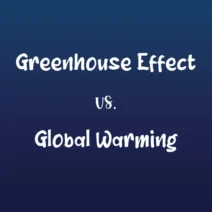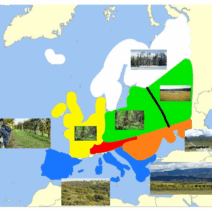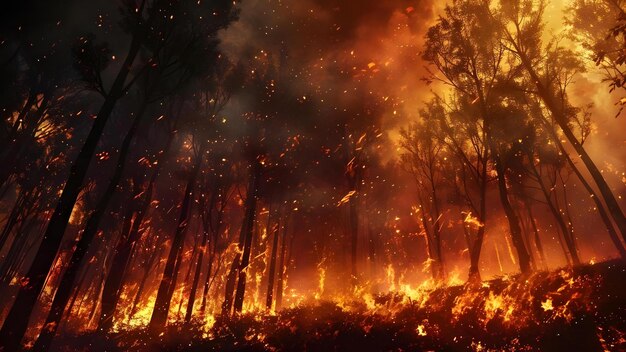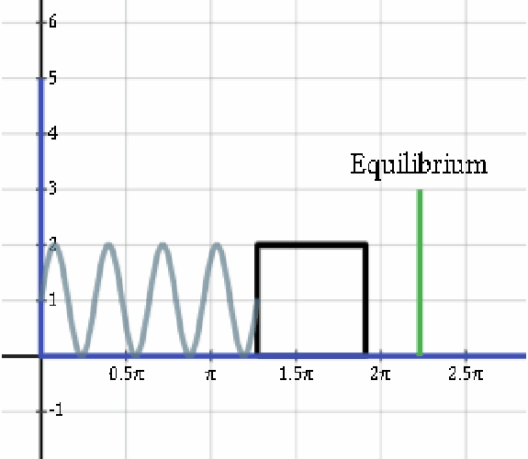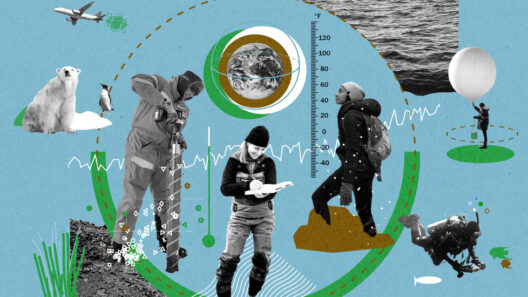Forest fires are a cataclysmic phenomenon that have captured the attention of ecological scientists, political leaders, and everyday individuals alike. They ignite discussions around the world today, raising pointed inquiries: Are forest fires an inevitable consequence of climate change, or could they be viewed as a catalyst propelling global warming? Addressing this multifaceted relationship warrants a thorough examination of environmental science and human impact.
To fully grasp this complex issue, one must first delineate the mechanisms that connect forest fires and climate change. The elements of this interrelationship can be categorized into a cycle: forest fires contribute to global warming, while global warming exacerbates the conditions that lead to increasingly frequent and severe forest fires.
Let’s dive deeper into the premise that forest fires are a consequence of global warming. The earth’s temperature has been steadily rising due to the accumulation of greenhouse gases in the atmosphere. These gases trap heat and alter weather patterns, resulting in prolonged droughts in specific regions, higher temperatures, and increased lightning frequency. Such conditions create an optimal environment for forest fires to ignite and proliferate. In places like California and Australia, these elements have converged spectacularly. During drought years, forests become desiccated, effectively rendering them as kindling awaiting a spark.
Moreover, a myriad of studies illustrates how climate change is effectively lengthening the fire season. In many temperate regions, this season is extending by several weeks, diminishing the window for fire control efforts. The National Interagency Fire Center in the United States notes a marked increase in the number of wildfires and the land area burned over the past decades. The statistics are stark, indicating a terrifying trend where fires that were once regional phenomena are now occurring at a scale that is nearly unprecedented.
However, the narrative does not end here. It raises an intriguing question: might forest fires also act as a provocative force in the climate change equation? As forests burn, they release vast amounts of carbon dioxide (CO2) and methane—two potent greenhouse gases—into the atmosphere. This release directly amplifies global warming and perpetuates the cycle of atmospheric warming that fuels further wildfires. Thus, one can argue that forest fires serve dual roles; they are both outcomes of climate change and agents that intensify it.
The implication of viewing forest fires as a feedback loop in climate change is profound. If fires are contributing to the disintegration of forests—often referred to as a carbon sink due to their ability to absorb CO2—then the loss of these ecosystems means a significant increase in atmospheric CO2 levels over time. This, in turn, can exacerbate warming trends, a scenario that creates a vicious circle of destruction.
Nevertheless, climate change isn’t the sole culprit behind forest fires. Human activities, such as land management practices, deforestation, and urbanization, are additional contributing factors. In some regions, forest fires are intentionally set as a method of land-clearing by agricultural entities. While such practices may yield short-term economic benefits, they can lead to long-term ecological damage. It is essential to scrutinize the impact of these practices in juxtaposition with natural phenomena like lightning strikes, which can also ignite wildfires.
The challenge becomes increasingly apparent as we navigate this complicated landscape. What role do we as individuals and societies play in mitigating forest fires and their impact on global warming? One actionable approach is promoting sustainable land management practices. Preventive measures—such as controlled burns and forest thinning—can create buffer zones that help restrict the spread of wildfires. Furthermore, these practices may enhance the resilience of forests in the face of climate change.
Adopting innovative approaches in forestry management, emphasizing the planting of fire-resistant tree species, and designing urban areas with fire-safe landscaping strategy are vital steps. Communities situated near fire-prone areas might invest in local infrastructures, such as firebreaks, that serve to protect neighborhoods from encroaching flames. The need for collaboration across disciplines—scientists, policymakers, and the public—is crucial in contriving solutions. Our collective willingness to adapt to changing climatic conditions can pave the way for a more sustainable future.
Additionally, the role of education and awareness cannot be overstated. By informing communities about the dangers associated with fire-prone environments, bolstered by an understanding of climate change, individuals can become advocates for responsible stewardship of these ecosystems. Engaging people in discussions surrounding the importance of forest preservation can catalyze public action focused on applying pressure on policymakers to enact meaningful environmental regulations.
In conclusion, the relationship between forest fires and global warming is not merely one of consequence versus cause; it is a complex, intertwined reality. Fires are driven by a multitude of factors, both natural and anthropogenic, and they simultaneously exacerbate the already severe consequences of climate change. In addressing this challenge, our collective efforts must focus on sustainable practices, raising public awareness, and enforcing beneficial legislative measures. The dialogue surrounding forest fires and climate change is not just academic—it involves real-world implications that challenge society to think critically about its role in fostering a sustainable planet for present and future generations.
